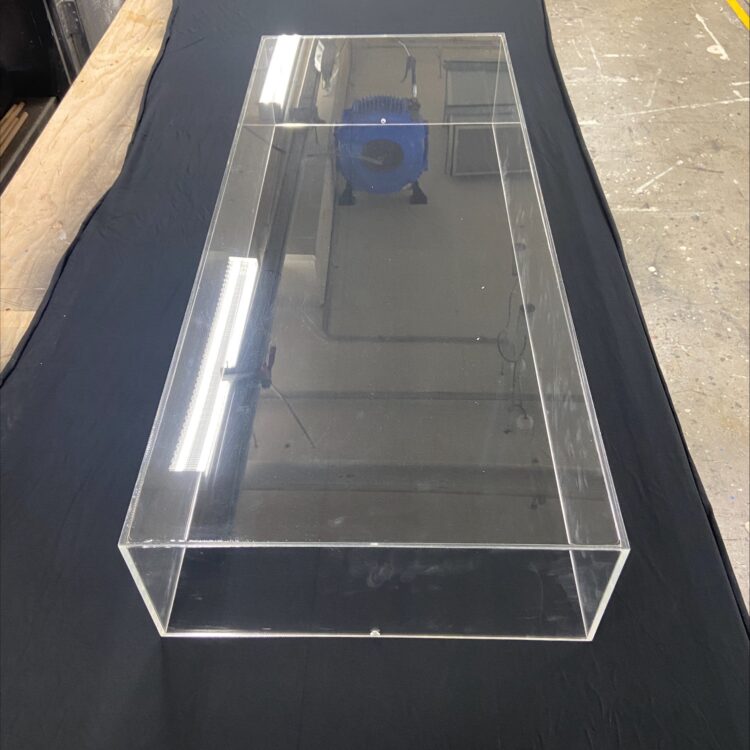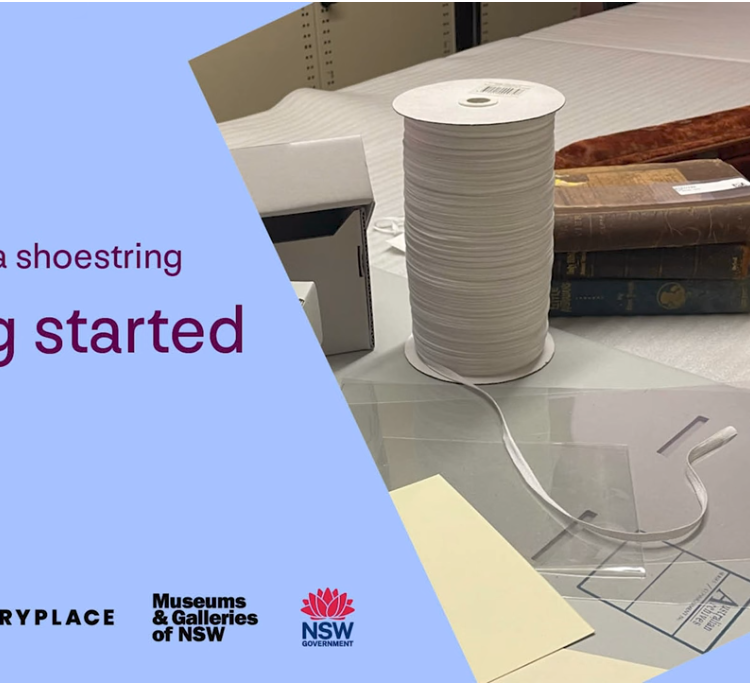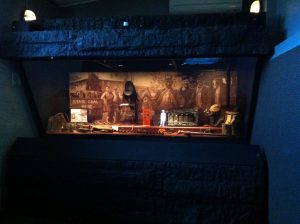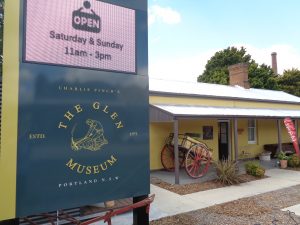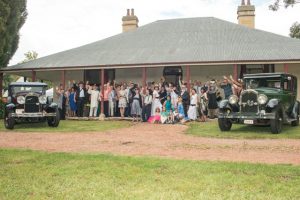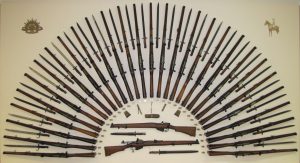Capturing the Lithgow Community, is one of the exhibitions on show during the recent History Week which unpacks some of the little known history of Lithgow. On a recent trip to the area, M&G NSW had a quick peek at some of the museums and collections in the region.
We started at the Lithgow State Mine Heritage Park and Railway, where the virtual story-telling entranced and moved us. The history of the mine is told using smart technology–a 3D miniature Marion, wife of local miner–tells the story of a fire in the mine which saw the death of 50 hard-working, much-loved pit ponies. Museum President, Ray Christison, confirms that most visitors shed a tear or two on hearing this story.
Our next stop was the The Glen Museum in Portland. Developed and fostered by the late Charlie Pinch and his partner the late Valerie Risby, the collection focuses on the history of Portland and is wonderfully eclectic–one of our favourite displays being the huge range of buttons.
We stopped at the charming village of Rydal for lunch and as we strolled around it became clear that the town itself is a museum–complete with charming buildings and well-tended gardens. Rydal was named after a village in England where the poet William Wordsworth lived. His poem The Daffodils inspired the planting of thousands of daffodil bulbs which are the focus of the annual Daffodil Festival and are bound to be in full bloom during History Week.
The Lithgow Small Arms Factory Museum was a big surprise. While we were expecting lots of firearms we weren’t aware the factory manufactured a range of non-military products including sewing machines, shearing handsets, medical implements, tools, and golf clubs. This is interesting viewing for anyone–and especially so for those intrigued by old style weaponry.
We stopped at the charming village of Rydal for lunch and as we strolled around it became clear that the town itself is a museum–complete with charming buildings and well-tended gardens.
From there we went to Eskbank House and Museum. Built in 1842 by a local stonemason for the first industrialist in town, a Mr Thomas Brown MLA, the house is one of the oldest residences in Lithgow Valley.
Eskbank operates as a historic home and museum and houses the one of the largest collections of Lithgow Pottery in Australia. The museum’s collection includes an example of the Black Rose of Lithgow. These smelted roses were first made in 1876 and became popular ornaments for coffins during the 1800s.
So why not take a History Week inspired trip to the valley and be surprised at some of the sites in lovely Lithgow?


